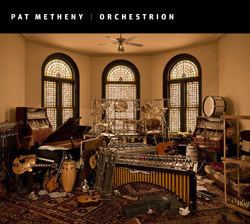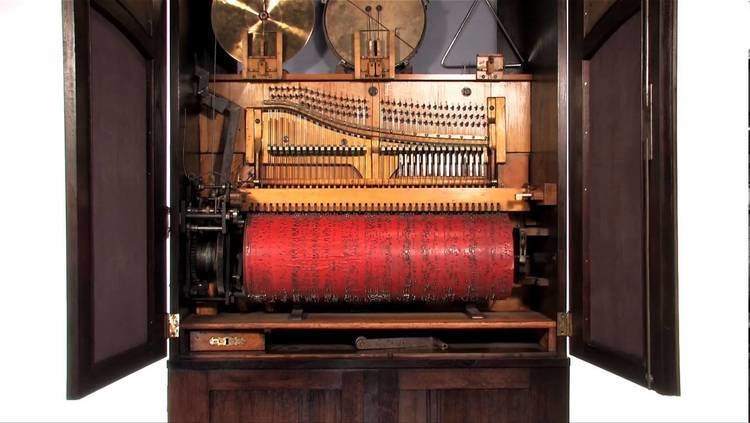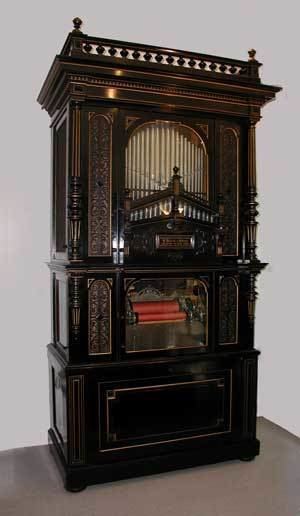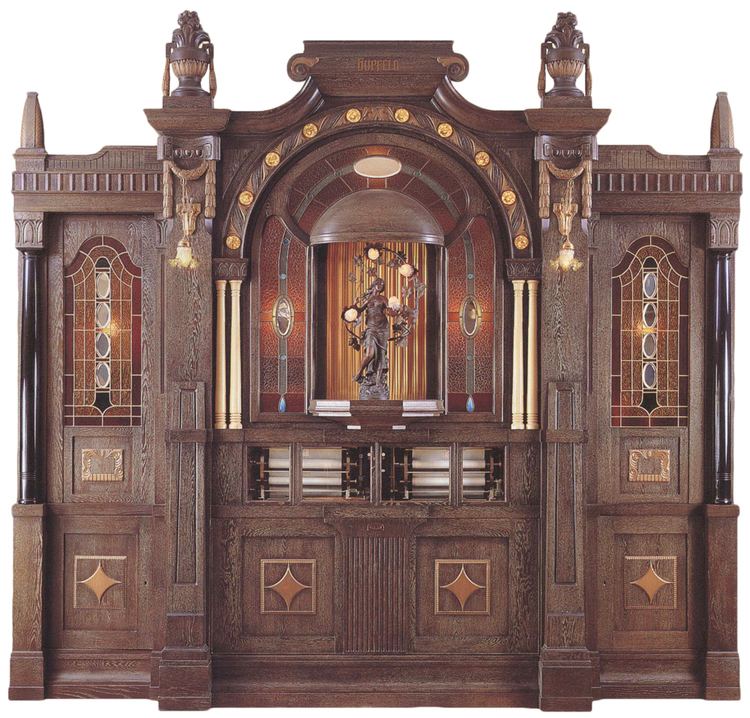 | ||
Orchestrion an excerpt from the orchestrion project
Orchestrion is a generic name for a machine that plays music and is designed to sound like an orchestra or band. Orchestrions may be operated by means of a large pinned cylinder or by a music roll and less commonly book music. The sound is usually produced by pipes, though they will be voiced differently from those found in a pipe organ, as well as percussion instruments. Many orchestrions contain a piano as well.
Contents
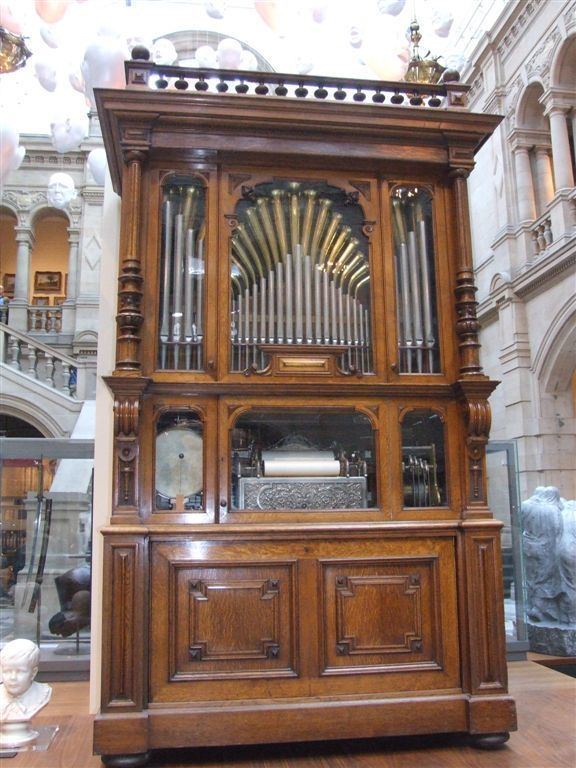
The first known automatic playing orchestrion was the panharmonicon, invented in 1805 by Johann Nepomuk Mälzel. Friedrich Wilhelm Kaufmann copied this automatic playing machine in 1808 and his family produced orchestrions from that time on. One of Mälzel's panharmonicons was sent to Boston, Massachusetts, in 1811 and was exhibited there and then in New York and other cities. Mälzel also was on tour (with interruptions) with this instrument in the United States from 7 February 1826 until he died in 1838. In 1817 Flight & Robson in London built a similar automatic instrument called Apollonicon and in 1823 William M. Goodrich copied Mälzel's panharmonicon in Boston, United States.
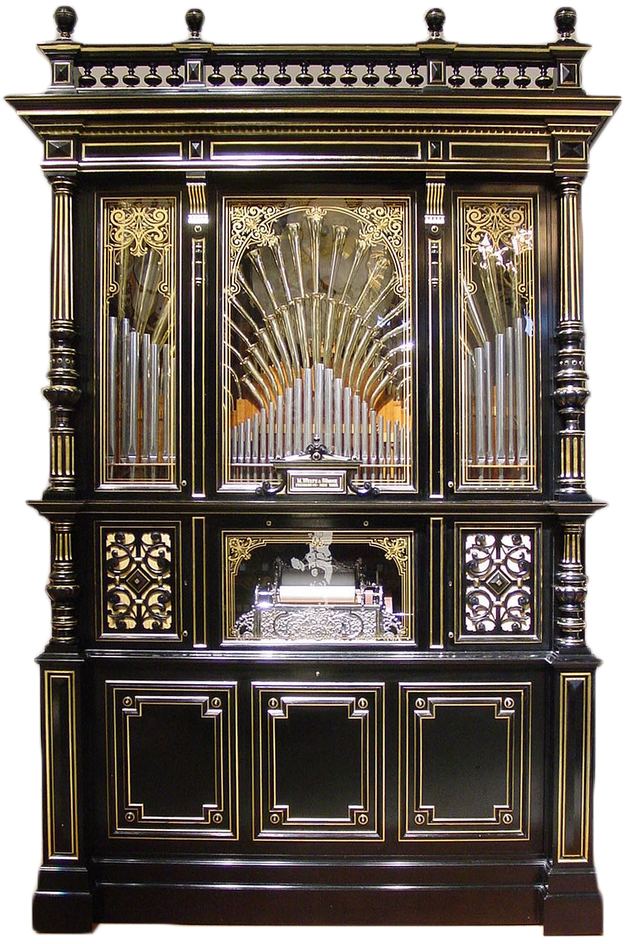
The name "orchestrion" has also been applied to three specific musical instruments:
- A chamber organ, designed by Abt Vogler in 1790, which in a space of 9 cubic feet (250 dm3) contained no fewer than 900 pipes, 3 manuals of 63 keys each and 39 pedals.
- A pianoforte with organ pipes attached, invented by Thomas Anton Kunz (1756–1830) of Prague in 1791. This orchestrion comprised two manuals of 65 keys and 25 pedals, all of which could be used either independently or coupled. There were 21 stops, 230 strings and 360 pipes which produced 105 different combinations. The bellows were worked either by hand or by machinery.
- A mechanical musical instrument, automatically played by means of revolving cylinders, invented in 1851 by F. T. Kaufmann of Dresden. It comprises a complete wind orchestra, with the addition of kettle-drums, side drums, cymbals, tambourine and triangle.

Pat metheny the orchestrion epk
